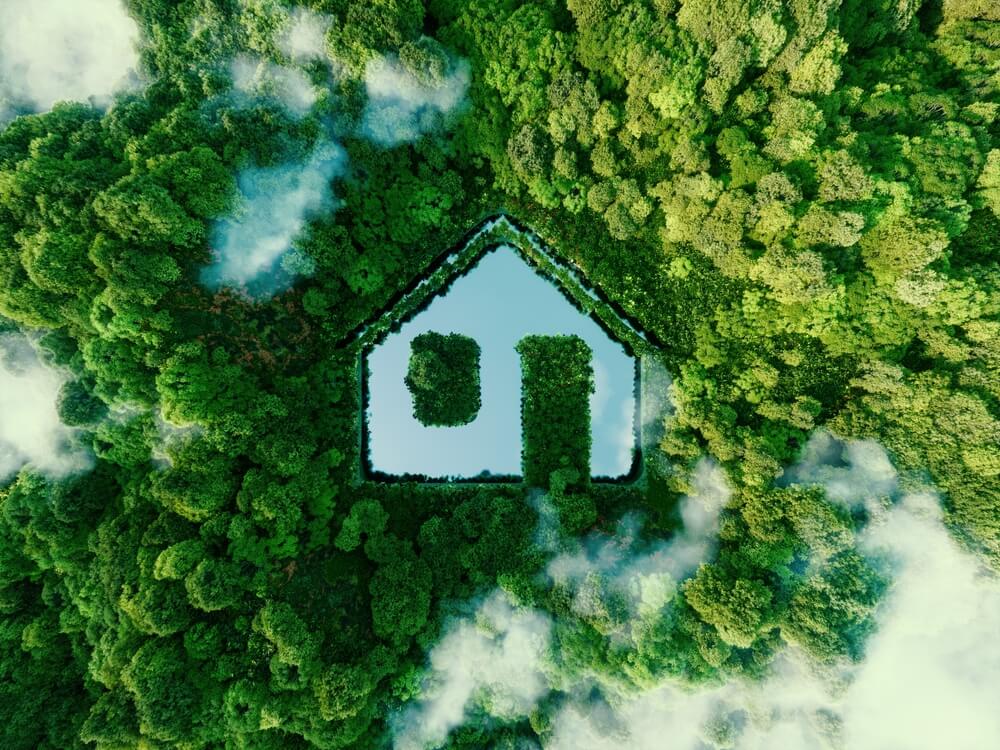We got used to using clay bricks, concrete, and wood in construction. These materials continue to be used in everyday construction. This entails the continued destruction of trees for timber and the mining of resources to produce cement for binding sand, gravel, and bricks.
There are modern methods, sustainable and green substitutes, for building materials that can be applied in construction for a better future. In the following text, we will present five environmentally friendly and sustainable building materials.
1. Recycled plastic
Instead of sourcing, excavating, and milling new components for construction, manufacturers use recycled plastic and other recycled trash to produce concrete. The practice reduces greenhouse gas emissions and gives plastic waste new uses rather than clogging landfills and contributing to plastic pollution.
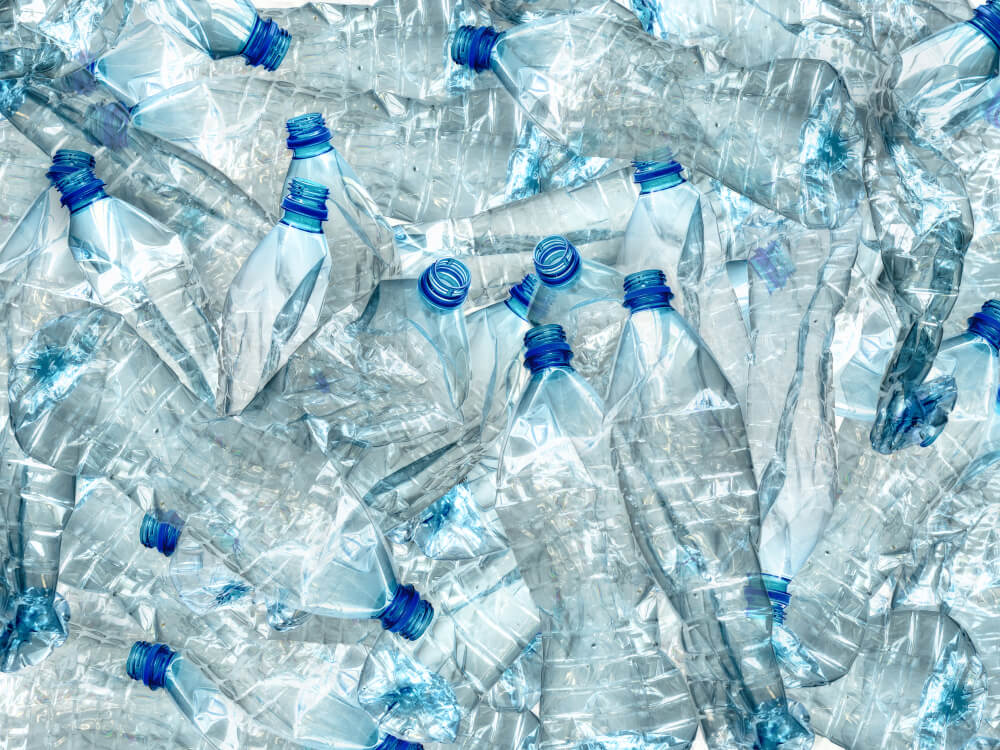
In addition, polymer wood made from recycled and new plastics is used to make fences, picnic tables, and other structures while preserving trees.
A two-liter plastic bottle can be turned into fibers and used to make carpets. Products such as cable pipes, roofs, floors, PVC manholes, and PVC windows can be made from recycled plastic.
2. Bamboo
One of the best environmentally friendly building materials is bamboo. It has an astonishingly fast rate of self-generation; some reportedly grew three feet in just 24 hours.
After harvesting, it continues to spread without the need for replanting. Except for Europe and Antarctica, bamboo is a perennial grass, not a tree.
In addition, it is extremely durable, has a high strength-to-weight ratio, and has even greater overall strength than brick and concrete. Therefore, it is an ideal option for both floors and cabinets.
Unfortunately, bamboo must be treated to protect it from rotting and insects. Bamboo contains starch that attracts insects if left untreated and can swell and split after absorbing water.
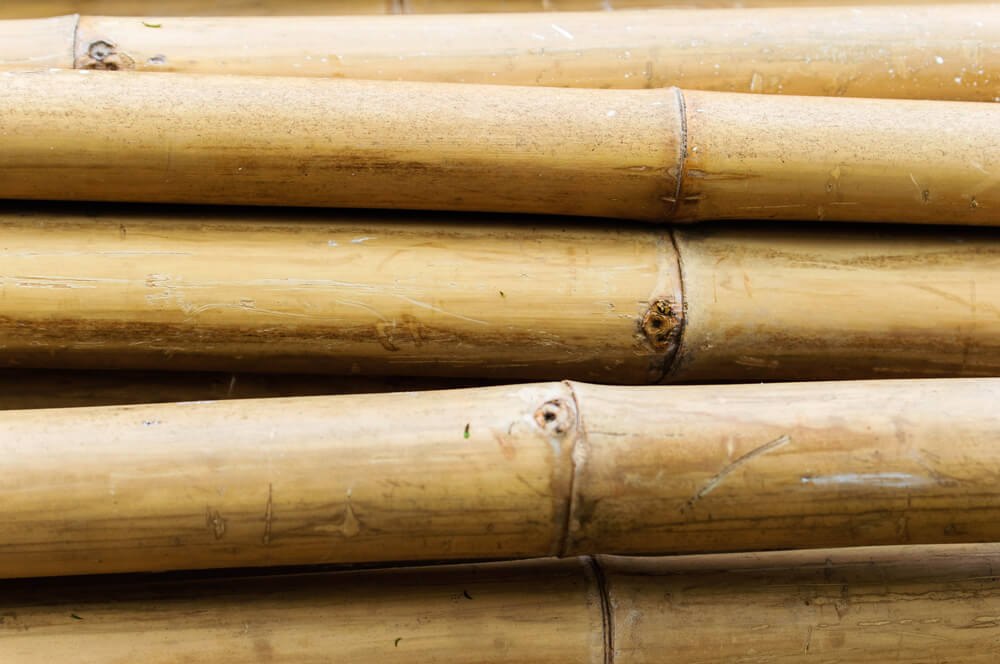
3. Cork
Cork grows incredibly fast, much like bamboo. Additionally, it can be taken from a living tree that is still growing and producing new cork, which is the tree’s bark. Even after being subjected to pressure, cork remains durable and flexible and returns to its original shape. It is often used as a component in floor tiles due to its durability and toughness.
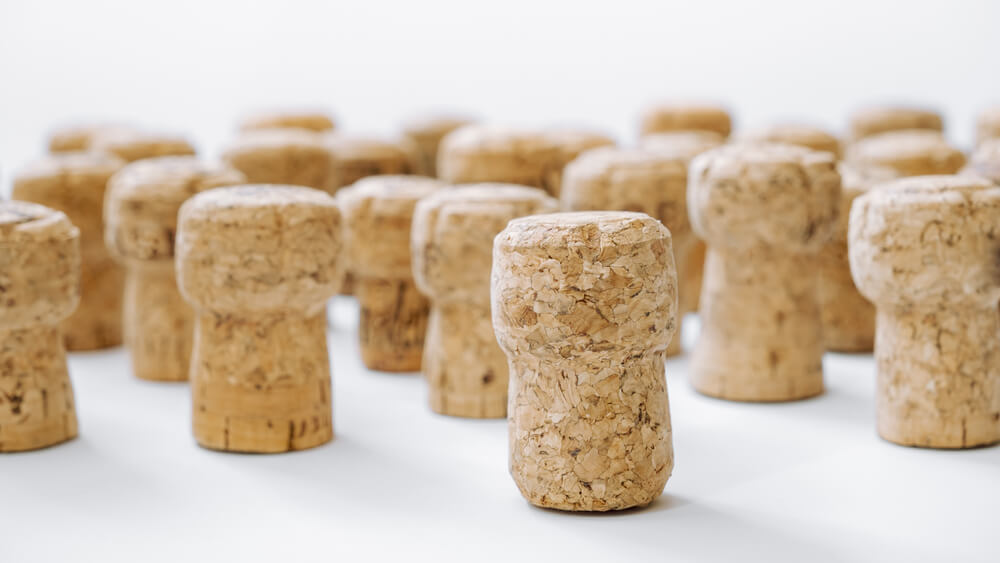
In addition, it is ideal for insulation boards and substrates due to its superior shock absorption capabilities. It also does a fantastic job of absorbing sound.
Cork is also fire-resistant and does not emit harmful gases while burning, making it a useful thermal insulator. Cork does not absorb water or rot because it is almost impenetrable.
4. Plant-based rigid polyurethane foam
Historically, buildings have used rigid foam as an insulation material.
The surfboard business was revitalized with the use of plant-based rigid polyurethane foam, which was produced from hemp, seaweed, and bamboo.
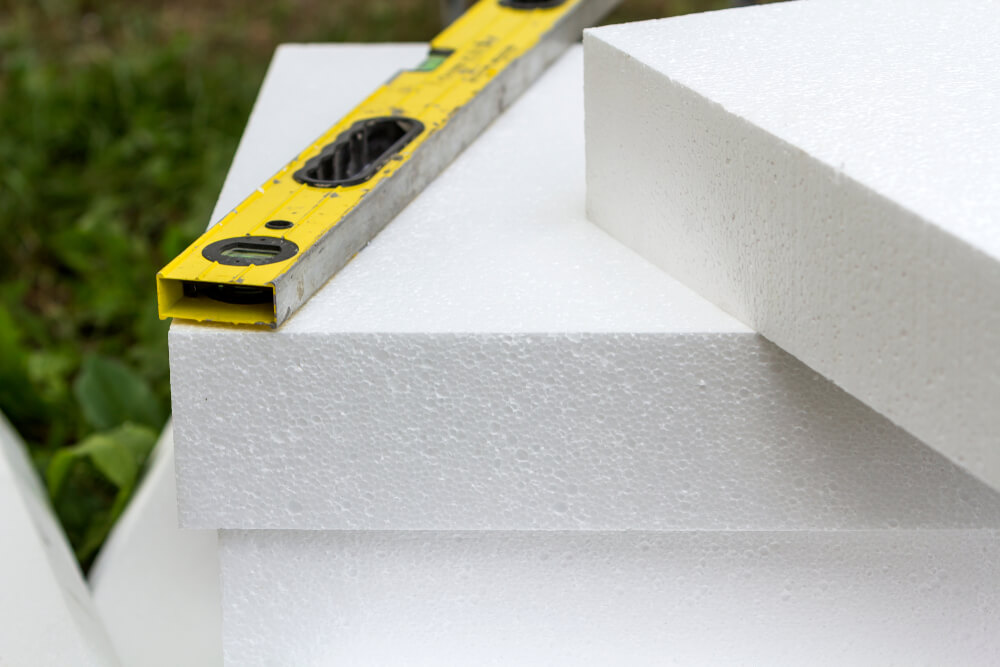
It is now used to manufacture furniture and turbine blades, among other things. The substance can be used for insulation because it is hard and mostly immobile.
It also provides defense against bugs and mold. In addition, it can be an ideal soundproofing material and is resistant to heat as well as insects and mildew.
5. Hemp concrete
Hemp concrete is made from the woody core fibers of the hemp plant. Lime is used to bind the fibers together, resulting in a strong, lightweight structure that resembles concrete. Because hemp concrete blocks are light, less energy is needed to transport them.
Hemp concrete is strong, provides high-level sound and thermal insulation, and is fire resistant. The fact that it is CO2-negative (it absorbs more CO2 than it releases) is also one of its most sustainable qualities. The resource itself – hemp – expands and regenerates rapidly.
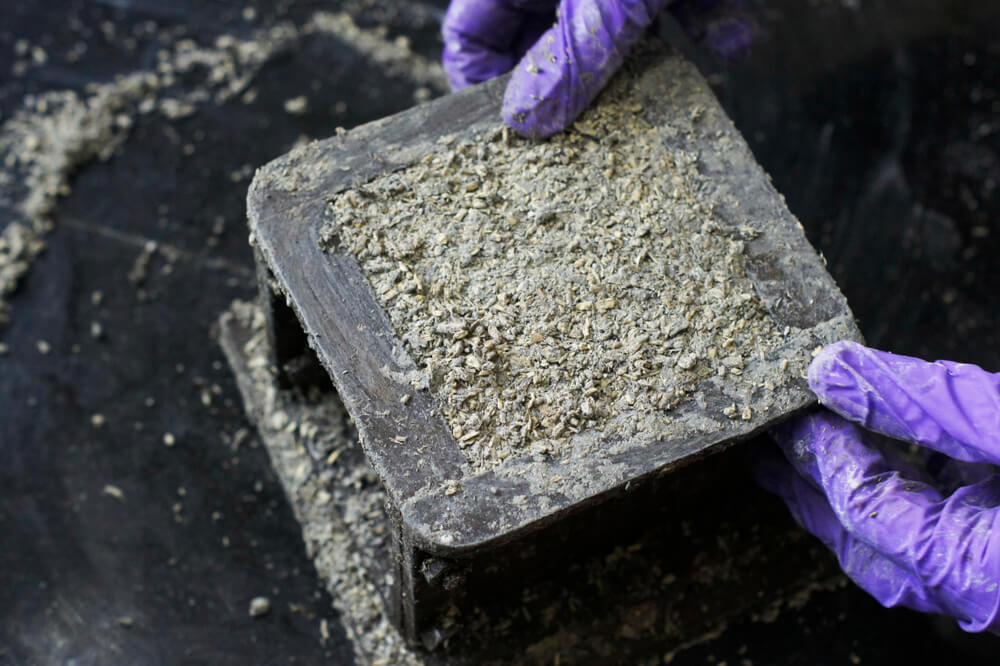
To achieve sustainable construction, we must end the long-term bad habits of wasting natural resources and start using ecological and sustainable building materials.


